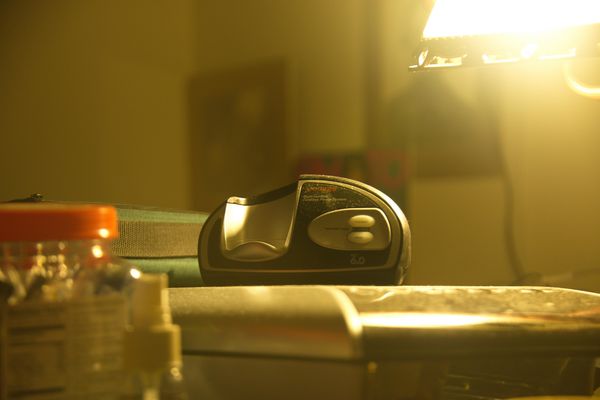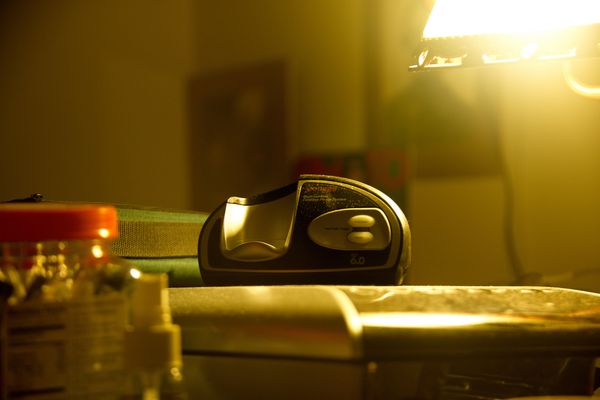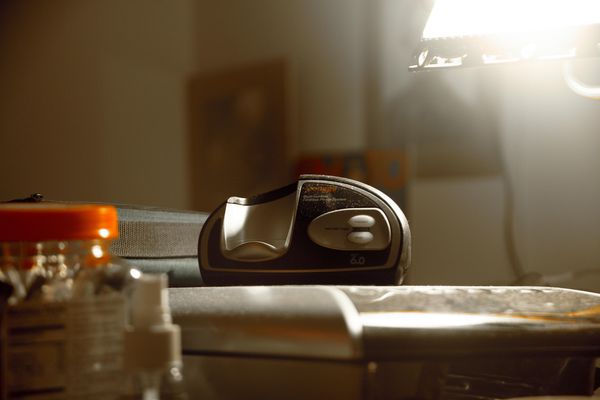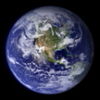Set Kelvin or the white balance options?
Aug 23, 2013 18:41:03 #
Personally I set my camera with the kelvin scale depending on the time of the day and location. I find this much more precise than using the auto white balance or any white color balance option offered by the cameras.
When unconcerned (more often than not I simply use 5200k, slightly higher and warmer than the noon sun).
What do you do?
When unconcerned (more often than not I simply use 5200k, slightly higher and warmer than the noon sun).
What do you do?
Aug 23, 2013 18:50:08 #
Rongnongno wrote:
Personally I set my camera with the kelvin scale depending on the time of the day and location. I find this much more precise than using the auto white balance or any white color balance option offered by the cameras.
When unconcerned (more often than not I simply use 5200k, slightly higher and warmer than the noon sun).
What do you do?
When unconcerned (more often than not I simply use 5200k, slightly higher and warmer than the noon sun).
What do you do?
Cloudy. But I shoot raw, so it really doesn't matter except for what shows in the camera monitor. Then I typically do a custom white balance off some point in the image, or off an Xrite Passport in one frame.
Aug 23, 2013 19:02:02 #
Wall-E wrote:
Cloudy. But I shoot raw, so it really doesn't matter except for what shows in the camera monitor. Then I typically do a custom white balance off some point in the image, or off an Xrite Passport in one frame.
I also shoot RAW, exclusively. Kelvin scale is recorded while the white balance is not.
Aug 23, 2013 19:22:24 #
I'm 100% raw too ... I think the question about WB also depends on the camera. If 'auto wb' doesn't work from my 7D in DPP and I didn't set a custom white balance (typically for night shooting), I first try 'cloudy', then either clicking a point in the photo or try a kelvin number.
Aug 23, 2013 19:35:12 #
Aug 24, 2013 01:23:22 #
Rongnongno wrote:
Personally I set my camera with the kelvin scale depending on the time of the day and location. I find this much more precise than using the auto white balance or any white color balance option offered by the cameras.
When unconcerned (more often than not I simply use 5200k, slightly higher and warmer than the noon sun).
What do you do?
When unconcerned (more often than not I simply use 5200k, slightly higher and warmer than the noon sun).
What do you do?
When shooting JPG and don't have a lot of latitude with regard to color balance, I guess you'd say I "cheat" a bit. I reach into my bag and pull out a Gossen Sixticolor color temperature meter. OK, I admit I'm a bit old-fashioned, but I appear no more so than when I use my Sekonic light meter to compare incident to reflected light values (when colors, shows and highlights vary widely). No, I do not use flash powder for artificial lighting!
Aug 24, 2013 08:42:29 #
Rongnongno wrote:
Personally I set my camera with the kelvin scale depending on the time of the day and location. I find this much more precise than using the auto white balance or any white color balance option offered by the cameras.
When unconcerned (more often than not I simply use 5200k, slightly higher and warmer than the noon sun).
What do you do?
When unconcerned (more often than not I simply use 5200k, slightly higher and warmer than the noon sun).
What do you do?
That is no more than guess work. Color measurement is based upon a calibrated, standardized instrument. No way you can do that. If it has been "working" for you, you are lucky or not discerning.
While auto white balance is better, I suggest you use an Expodisc. By coincidence, today has another thread on it.
Aug 24, 2013 10:26:58 #
abc1234 wrote:
That is no more than guess work. Color measurement is based upon a calibrated, standardized instrument. No way you can do that. If it has been "working" for you, you are lucky or not discerning.
While auto white balance is better, I suggest you use an Expodisc. By coincidence, today has another thread on it.
While auto white balance is better, I suggest you use an Expodisc. By coincidence, today has another thread on it.
:lol: at comment. I care more than you assume and using Kelvin scale is way pass white balance control when it comes to precision. Having a set color temperature allows for a quick resolution if there is a problem. That I set to daylight for most of my shoots means that I am shooting mostly in daylight. When different I adjust, please read the first post.
When I forget to set Kelvin the correction is fast AND accurate, more so than with an 'auto white balance' that introduces many bias due to the manufacturer interpretation as to what is the correct as color balance and color temperature. They impose theirs point of view. A 'color balance' is not the same on a Nikon, a Canon, a Fuji, a Sony or whatever. This is a know problem that many pro and advanced hobbyists are well aware of.
Setting Kelvin by-passes the set bias, among other things.
As to using software to correct something and promoting it means that you have not understood the question. You did answer it thought w/o realizing it, I think: "You use white auto-balance".
This in turns means, for me, that either you do not care about the manufacturer bias* or you are not aware of it. It is a choice, valid as any other, after all folks like their images a certain way, warm, cold, neutral or whatever else. Personally I like to adapt to the circumstances and select the temperature per image or cession.
* Note: The same 'problem/bias' exists in negative and slide films, this is why you have to pay attention not only to the film manufacturer of the film but also to the emulsion type as well as the paper you print on. This is even more critical with slide films (No change possible after the fact if not printed). Only special films, gel filters and lab work allow for color correction and guess what? Kelvin scale is the only one used, other than 'ball parking it'.
Aug 24, 2013 18:53:35 #
Rongnongno, I think I know that each manufacturer has its own idea of color balance. The Expodisc eliminates this.
Since you have not said that you meter the color temperature, I presume you are using a table. Please describe just exactly your point of reference. If you provide that information, then I think we could have a good discussion on the topic.
Since you have not said that you meter the color temperature, I presume you are using a table. Please describe just exactly your point of reference. If you provide that information, then I think we could have a good discussion on the topic.
Aug 24, 2013 19:53:54 #
Rongnongno wrote:
Setting Kelvin by-passes the set bias, among other things.
Setting Kelvin by-passes the set bias, among other things.
I think the point being made was that without metering, one is simply substituting one's own "preset" for the one normally supplied by the camera manufacturer. Lighting conditions change constantly and not in nice generalized steps. Without the use of a meter to take an actual measurement, its basically still just guesswork, and just as likely to introduce a color bias as using the camera's presets for WB.
Aug 25, 2013 00:14:36 #
Photographer Jim wrote:
I think the point being made was that without metering, one is simply substituting one's own "preset" for the one normally supplied by the camera manufacturer. Lighting conditions change constantly and not in nice generalized steps. Without the use of a meter to take an actual measurement, its basically still just guesswork, and just as likely to introduce a color bias as using the camera's presets for WB.
You are right, up to a point. In all pictures there are several areas that have different color temperatures and the key is to select first one that covers the most important one THEN use post processing to adjust the other area.
The best bet then is not using a generic post processing program that messes up everything but use one that has adjustment layers BUT then again the initial setting is the most important hence the question: What do you do to get it?
Aug 25, 2013 09:05:23 #
Sample a troublesome image corrected after the fact w/o using any special or expensive software.
Original: NEF
Kelvin: 5500k (forgot to adjust)
Single light source, tungsten desk light
Note camera is damaged. It creates vignette like artifacts on the image edges.
Originals reduced to highly compressed JPG. Normal size out of the NEF at JPG 100 is 33Mb. It cannot be upload at that resolution and size on this site.
images have EXIF comments and descriptions on what changes took place.
There is no other manipulation.
I have not calibrated my monitors so some other color bias may show up on your screen.
Note: This was not shot because of this thread but to train myself on some other PP modification.
Original: NEF
Kelvin: 5500k (forgot to adjust)
Single light source, tungsten desk light
Note camera is damaged. It creates vignette like artifacts on the image edges.
Originals reduced to highly compressed JPG. Normal size out of the NEF at JPG 100 is 33Mb. It cannot be upload at that resolution and size on this site.
images have EXIF comments and descriptions on what changes took place.
There is no other manipulation.
I have not calibrated my monitors so some other color bias may show up on your screen.
Note: This was not shot because of this thread but to train myself on some other PP modification.
Original

Modified from the NEF file then exported

Modified from the previously exported picture

Aug 25, 2013 10:02:25 #
Local corrections made on the Vonage device only.
Created a mask.
Found the gray point on the device.
Used curve then medium probe to use the gray point,
Exported as is.
Created a mask.
Found the gray point on the device.
Used curve then medium probe to use the gray point,
Exported as is.

If you want to reply, then register here. Registration is free and your account is created instantly, so you can post right away.






